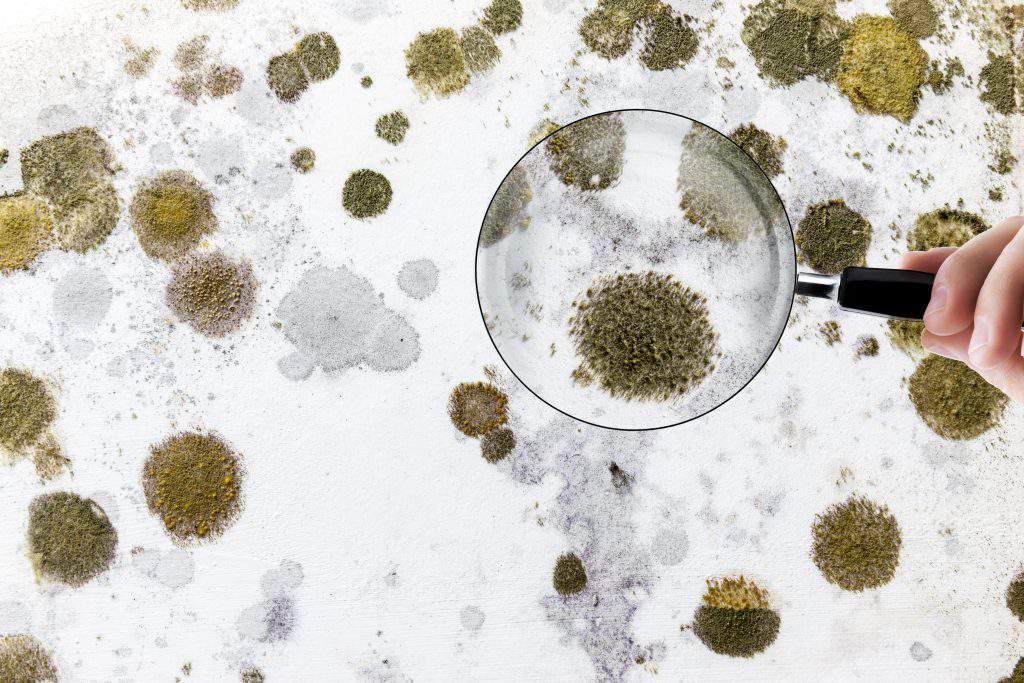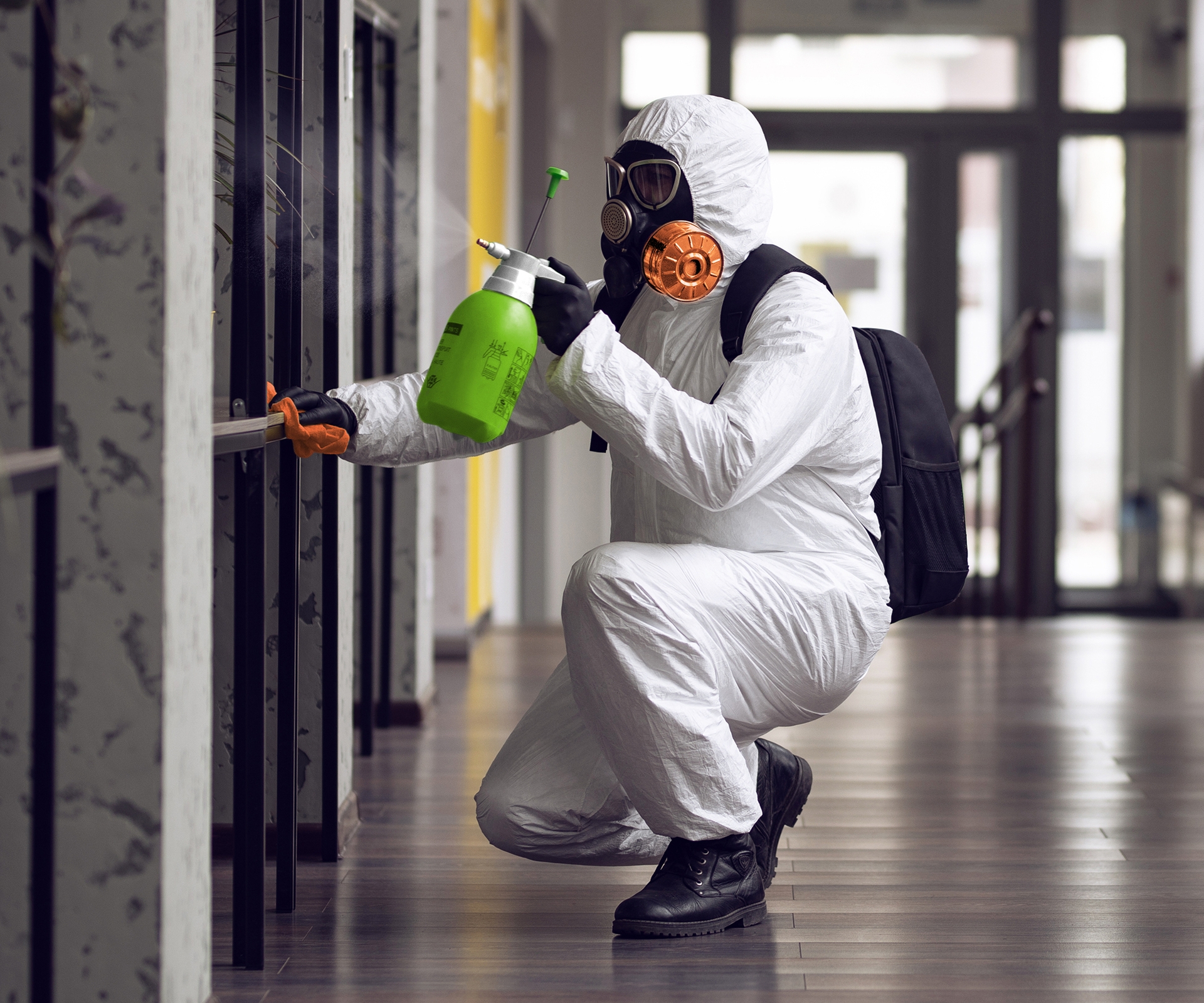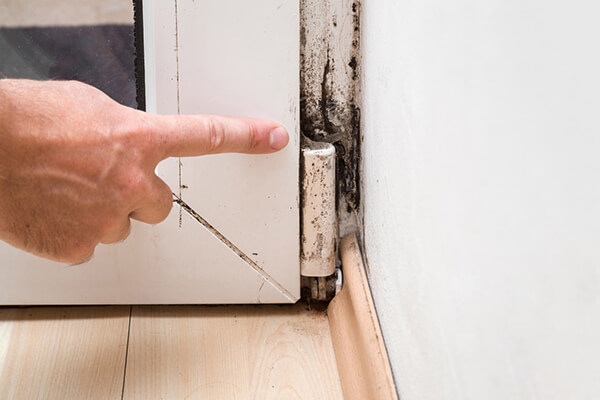After Mold Remediation Techniques for Tidy Spaces
After Mold Remediation Techniques for Tidy Spaces
Blog Article
Your Ultimate Overview to Article Mold Removal Strategies
Navigating the realm of post-mold removal methods is a meticulous procedure that demands interest to detail and a thorough understanding of the complexities entailed. In the consequences of mold problem, recognizing how to properly get rid of the mold and prevent its reoccurrence is paramount for keeping a healthy and balanced indoor atmosphere. From picking the ideal cleansing and disinfecting techniques to applying techniques for lasting mold and mildew avoidance, each action in the remediation trip plays an essential duty in making sure an effective result. As we begin on this exploration of post-mold removal methods, we will uncover the crucial methods and finest practices that can aid you restore your room to its pre-mold condition and secure it versus future mold and mildew risks.
Comprehending Post-Mold Removal Refine
After completing the mold and mildew remediation procedure, it is essential to recognize the post-mold removal techniques that are needed to make sure a complete and effective clean-up. When the mold and mildew has been gotten rid of, the next step entails cleaning and sanitizing the impacted locations to protect against any type of regrowth of mold and mildew.
In addition, carrying out a last evaluation post-remediation is important to make certain that all mold has been effectively eliminated. This assessment must include an extensive visual check in addition to potentially air tasting to verify the lack of mold spores in the air. If the assessment reveals any remaining mold, additional removal may be necessary. Educating occupants on preventative steps such as controlling dampness degrees and immediately addressing any type of water leaks can assist maintain a mold-free setting.
Effective Cleansing and Disinfecting Approaches

Stopping Future Mold And Mildew Development

Significance of Appropriate Air Flow
Correct air flow plays a critical role in protecting against moisture build-up, a crucial element in mold and visit this site mildew development within interior atmospheres. Reliable ventilation systems assist get rid of excess moisture from the air, lowering the opportunities of mold and mildew spores finding the dampness they need to sprout and spread. Without ample air flow, indoor spaces can become a reproduction ground for mold, causing possible health and wellness risks and structural damage.
By making certain proper air flow, air flow systems can additionally assist in drying out damp locations faster after water damage or flooding events, further hindering mold development. Post Mold Remediation Report. In areas like shower rooms, cellars, attic rooms, and cooking areas where moisture levels tend to be greater, installing and maintaining efficient air flow systems is critical in preventing mold and mildew infestations

Surveillance and Upkeep Tips
Given the vital duty that correct air flow plays browse this site in avoiding mold and mildew growth, it is essential to establish reliable surveillance and maintenance ideas to ensure the ongoing capability of ventilation systems. Monitoring humidity levels within the residential or commercial property is additionally critical, as high moisture can add to mold development. By remaining mindful and proactive to the problem of ventilation systems, residential or commercial property proprietors can efficiently reduce the danger of mold regrowth and maintain a healthy and balanced indoor setting.
Verdict
Finally, post-mold remediation strategies are important for ensuring a secure and clean atmosphere. Understanding the procedure, implementing efficient cleaning and disinfecting techniques, stopping future mold growth, keeping correct air flow, and regular monitoring are all essential action in the removal procedure. By complying with these standards, you can successfully remove mold and mildew and avoid its return, promoting a healthy living or working area for all passengers.
In the after-effects of mold and mildew problem, understanding exactly how to properly get rid of the mold and avoid its reoccurrence is paramount for keeping a healthy interior atmosphere. When the mold has actually been eliminated, the following action involves cleaning and decontaminating the affected locations to prevent any kind of regrowth of mold - what to do after mold remediation. After eliminating noticeable mold growth, it is essential to clean all surfaces in the afflicted area to remove any type of remaining mold and mildew spores. To additionally improve mold prevention actions, it is important to deal with underlying issues that initially led to mold and mildew advancement.Offered the crucial role that correct air flow plays in protecting against mold development, it is important to establish efficient monitoring special info and maintenance pointers to make certain the continued performance of ventilation systems
Report this page